|
In a little more than two weeks we are opening Stephen Smith’s second solo exhibition with the gallery titled Desire Lines. In the run up to this show we talk with Stephen Smith about his artistic career, his working process and his newest body of works, and give you a peek into his studio whilst preparing for his coming show at Mini Galerie. Can you tell the story of how you became an artist? How did you realise this was what you wanted to do? I realised pretty early on that I wanted to do this and the passion is still there. I like working for myself. There is a love-hate quality to painting which is highly addictive. I took a fairly straightforward route in terms of art education but was lucky and taught by great educators / artists within the British art school system who stretched my idea of what it could be at a crucial time. Painting and drawing in particular has always been a natural extension of my arm so I suppose it found me. I have an artistic family with backgrounds in art, film and the humanities. My mother is an artist and father a psychologist. We always visited museums and exhibitions wherever we were. Having a family that is passionate about what they do has always inspired me. My grandfather was a film cameraman who worked on the 39 Steps directed by Alfred Hitchcock. When painting do you have something in mind/something to look at that you are trying to depict, which then becomes abstracted, or do you improvise the composition? I want my work to be dynamic and a have timeless quality to it. I have multiple starting points but not necessarily something direct that I am trying to depict in an abstract way, it’s an amalgamation. More recently I have started making bodies of work in different series. My work is born from a process of deconstruction and the energy within that is inherent in the painting. The abstraction is drawn out of this process. I want to stretch what I am doing as far as I can which takes time as often it’s hard to realise the potential of something in the moment. Things often look different the next day. Sketches are made both in and out of books but these are not strict plans which I scale up – I use them to work out possible ideas or explore compositional concepts that I am addressing. I make work on paper to keep an energy going and understand the potential of something more quickly which means improvisation is a hugely important part of this. Over the past few years I have developed ways to exploit the processes I use at great lengths by collaging and stitching large sections of canvas together. Can you explain your process of reworking/abstracting your paintings? Is there a fixed step-by-step process or is it improvised/random? My process functions as an integral component of my paintings and work in general. Something from nothing. Quite often it’s through reconstruction that I find my way back through this form of improvisation. It’s a mixture between action and reaction in the moment, where drawing is central to everything so the paintings usually start with that either on canvas, paper or collage. Paintings are then often re-worked multiple times – I want to keep the process in a state of flux. Layers are central to capturing a spontaneity by cutting and revealing and knowing when to obliterate and leave a section is key. The paintings often start out on the floor and switch back and forth between the wall, stretcher, table. At times they are stretched, re-stretched and then re-assembled, ripped, torn, folded, stretched, cut, sewn, creased and layered in order to achieve the right kind of balance. A central section might be cut entirely from a canvas and removed; folding and unfolding painted canvases so that the wet paint prints itself. I want to harness an intentional energy within my work. Have you always worked in an abstract fashion or is this something which developed throughout your career? I would say my road to abstraction has occurred over a long time. I’m drawn to abstraction and feel it connects with my way of thinking which I try and let be as loose as possible. At an early age I developed a way of drawing that was interested in how a line could be abstracted away from form or reality. In my current series of works, I am exploring how I can bring the line back into and out of form but still remain abstract. I want to explore the brutal beauty of abstraction. I am investigating concepts which are both ugly and beautiful at the same time. How much of a reflection of yourself/your life/your surroundings is your work? I would consider my work to be a journey of reflective thoughts, places and time which intermix within each other. My physical surroundings do inspire me but they are not relied upon in determining how the work looks. I lived in London for many years and now live in the South West of the UK where I have a studio within walking distance; being able to get of the studio easily is really important to me. At it’s core I am searching for my work to to be both complex and simple at the same time. Where do you get your inspiration from? What are you currently listening to, reading, watching? Currently listening to Glaikit Music by Macrame on https://jamboreeno.com/. I listen to a lot of music when I work and mainly mixes when I am painting. The Manfredas playlist on Spotify is great (https://open.spotify.com/playlist/0NluoTf4azl4CtBhAErU2r). I am re-reading ‘The Third Policeman’ by Flann O’Brien. Also reading Hito Steyerl’s ‘The Wretched of the Screen’ published by E-flux. I get a lot of inspiration from the freedom of just letting ideas come and exploring without controlling them. What is on your checklist for creating a studio space that you enjoy working in? I think right now the size of a studio space is the single most important factor as I am making a lot of large works. I usually have 3 or 4 or more canvasses on the go at any given time when I am working on exhibitions or a series of works that need to speak to each other. Therefore It’s really important for me to be able to see how these work together. My current studio benefits from great natural light and is heated which is definitely a bonus in the winter months! Though I can and have worked anywhere. I also like working on the move whilst travelling with just a notebook just as much as being in my studio. Can you describe your work for the coming solo show, does it differ from your usual practice in any way? What was this body of work inspired by or following on from? Desire Lines is definitely a continuation of my studio practice and from my first solo show at Mini Galerie Radical Utopias in 2016. Desire Lines are paths that represent the shortest or most easily navigated route between two points. I think this sums up where I am at right now in terms of my thinking and making work, in that I am searching for a way to make a painting in a direct way. Something reduced, pure and free from a constructed route, while the work is stripped right down to its core combining more organic elements. Whereas Radical Utopias explored the post traumatic landscape of Chernobyl this new series of works continues in a bolder more concentrated way the abstracted form of both formal and organic elements within my studio practice. I am also presenting wooden and cardboard collaged sculptures which I make in the studio while painting. I often see my paintings as potential ideas for sculpture so this was a natural progression to include these. The works are also loosely connected to my residency with The Jaunt to Nida in Lithuania in 2018. My main focus is to harness this form of spontaneity within each of the works and I would like the viewer to feel this energy. Come and meet Stephen Smith in person during the opening of his solo exhibition Desire Lines on Friday the 10th of May, 18.00-21.00. If you would like to request the preview catalogue, please send an email to [email protected]. Photography by Dom Moore
0 Comments
Leave a Reply. |
Archives
Januari 2022
Categories
Alles
|
|
KunstKrant.nl Officiële Website Copyright
© KunstKrant.nl 1993 - 2024 All rights reserved. KunstKrant.nl Website is NOT responsible for any external link on the website Powered by: Uitgeverij Nobelman |
Contact
KunstKrant.nl | Kunstkrant.be Emdenweg 3 9723 TA Groningen Mobiel: +031 (0)6 50831893 E-mailadres: [email protected] |

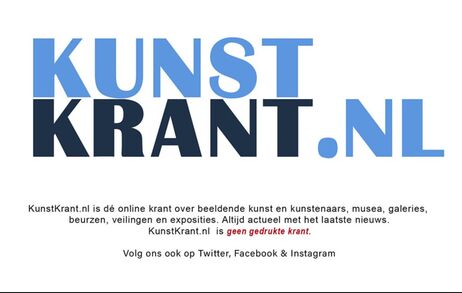
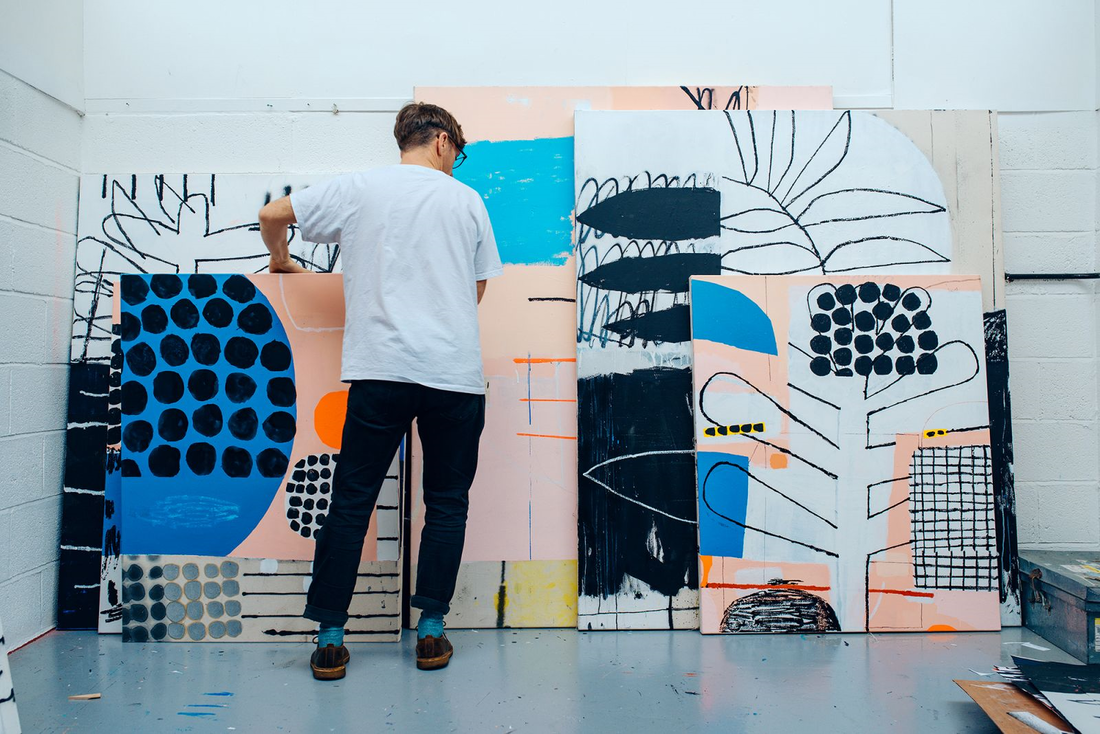
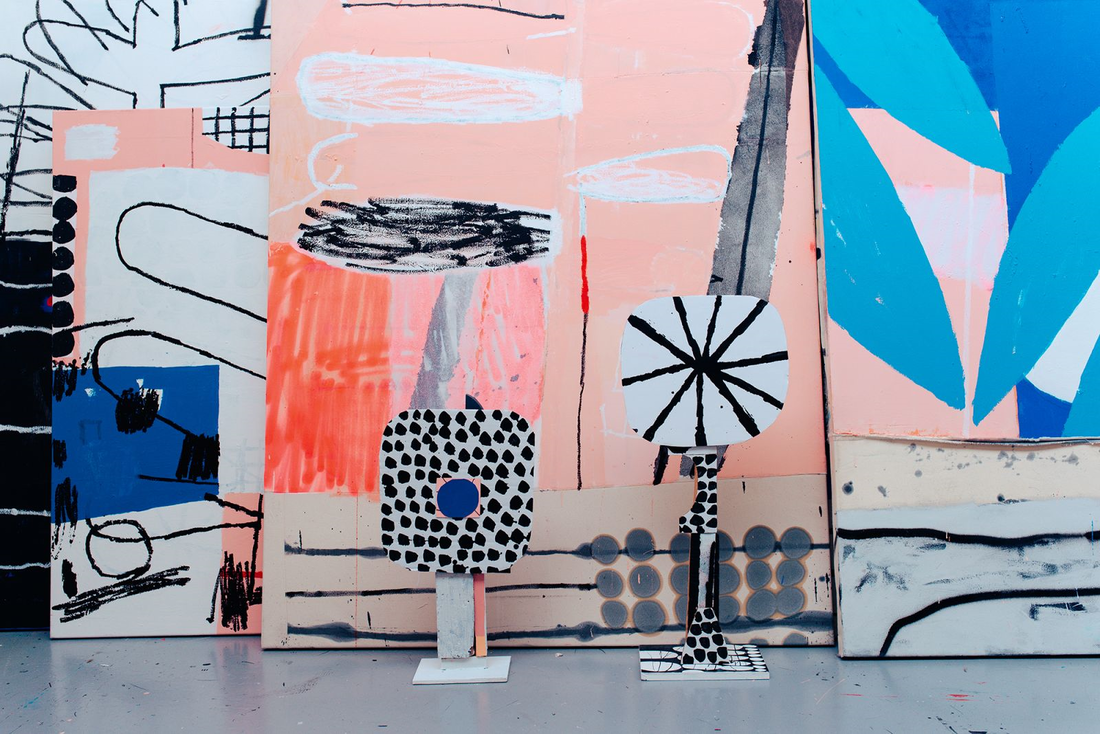
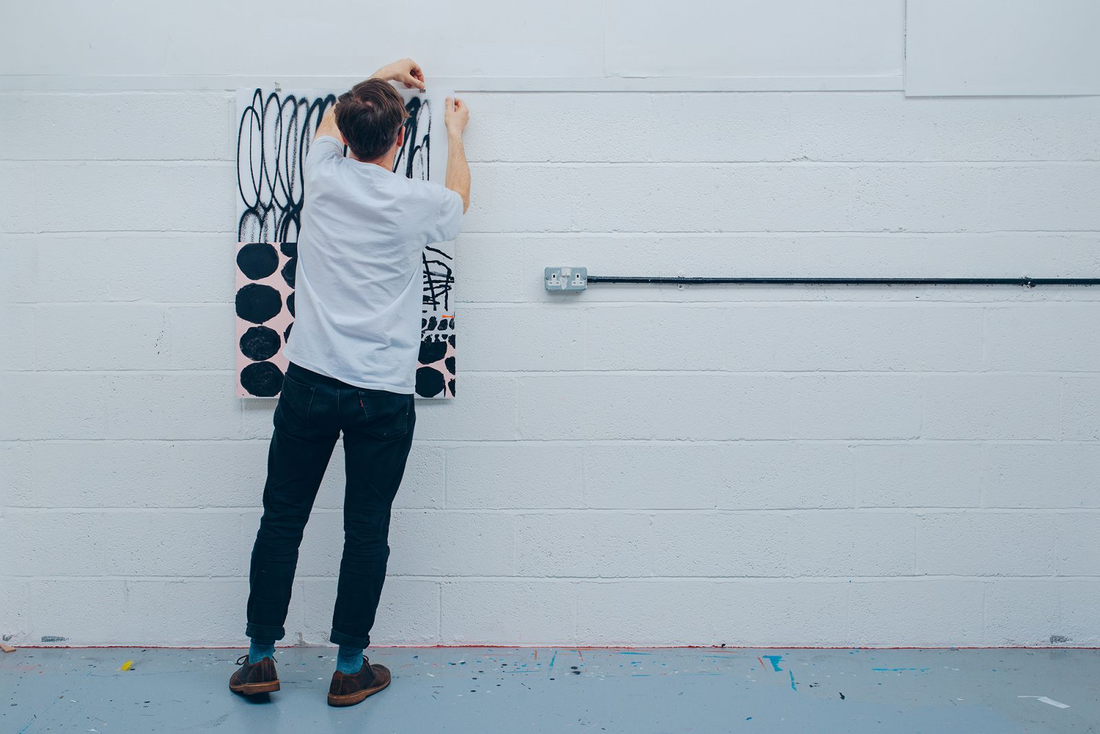
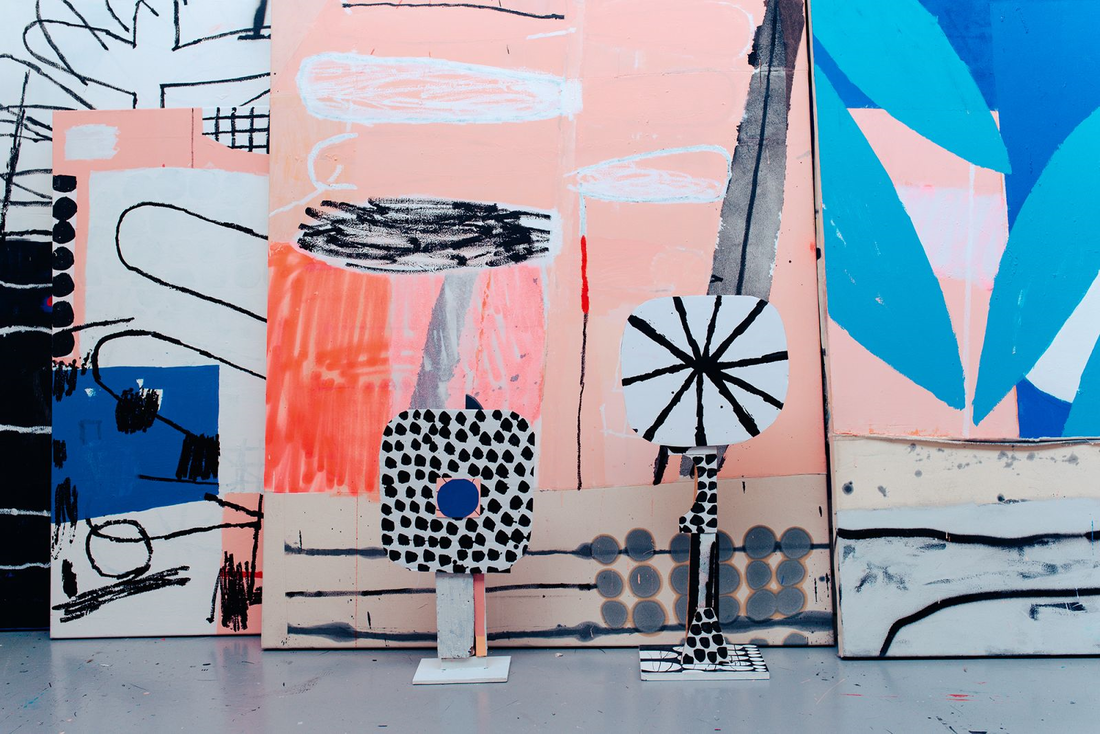
 RSS-feed
RSS-feed